TechRadar Verdict
An all-purpose solution for business users and audiophile alike that offers exceptional sound quality and active noise cancellation. We’d recommend these for everyone, if only they weren’t so expensive.
Pros
- +
Great audio experience
- +
Powerful noise cancellation
- +
Decent battery life
Cons
- -
The price
- -
One year warranty
Why you can trust TechRadar
In the brave new world that 2020 presents to us, the humble audio headset has taken on an elevated importance.
Where it was once that centre staff needed clear telecoms communications devoid of extraneous ambient sound, those that work at home want those things now too.
Cisco, it appears, discovered one of the few silver linings to the global pandemic when they designed the 700 series headsets. A solution that offers all the mobility advantages of precision-made Bluetooth connected headphones, while cleverly negating many of the usual drawbacks.
Price and availability
Best to get this aspect out of the way early on, since that may be a significant factor in your continued interest in reading our review.
The Cisco 730 Headsets are available to buy for $354.99 / £349.50 from online retailers, making them one of the more expensive options available.
That price is close to the Sony WH-1000XM3 and Sennheiser Momentum 3 Wireless, but considerably more than the $199/ £159 Sennheiser HD 450BT.
For a large business with many potential users, the 730 isn’t a minor investment.
Sign up for breaking news, reviews, opinion, top tech deals, and more.
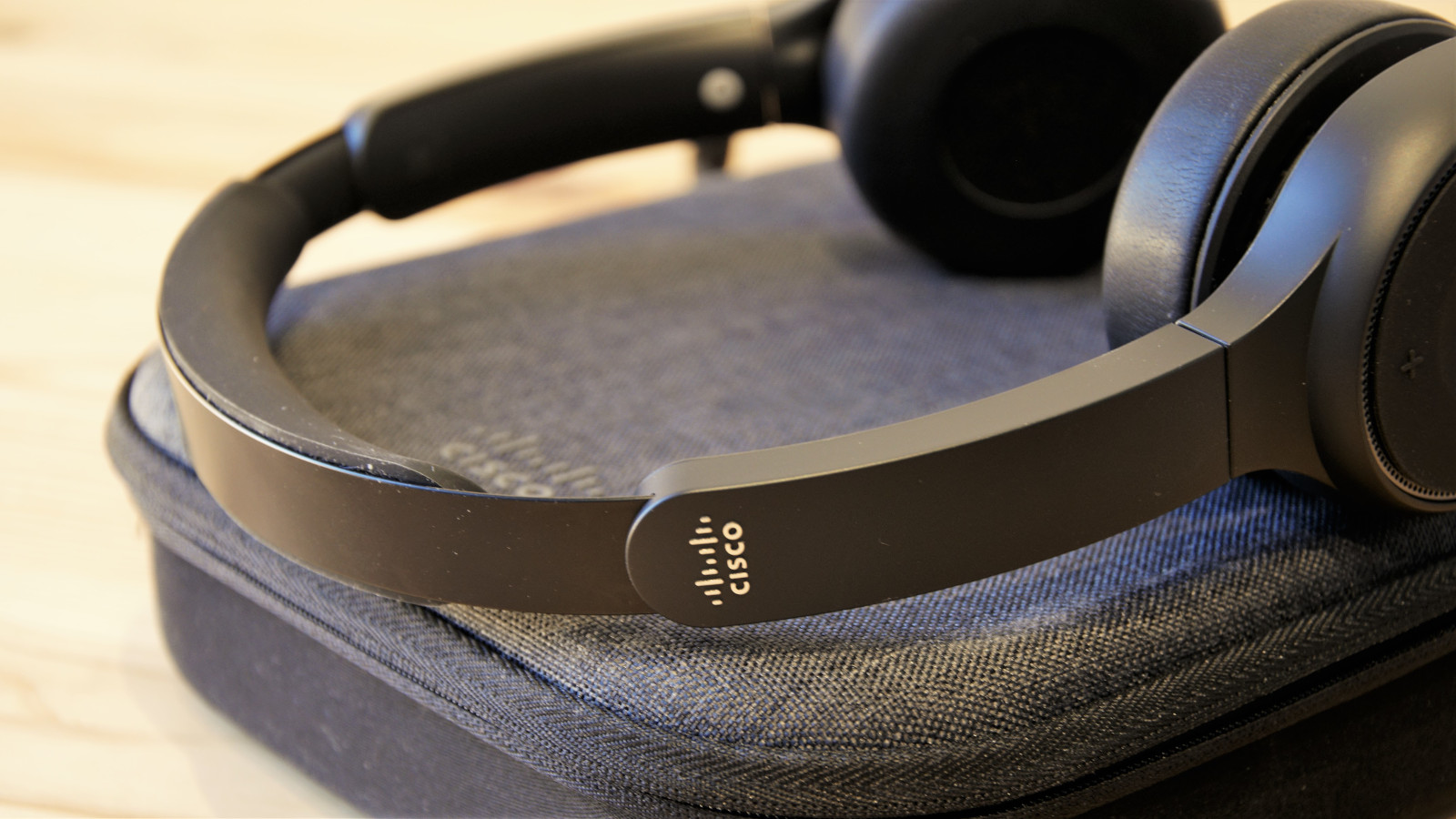
Design
Opening the nondescript brown cardboard box that the Cisco 730 Headset comes in reveals a tidy hard travel case and some elementary printed guidance to help the new user.
On the underside of the case behind an elasticated pocket are the USB charging cable and a 3.5mm audio line that enables you to use the headset with any headphone outputs or computers.
Inside are the headphones that come in black or white, and a tiny USB Bluetooth adapter that completes the triumvirate of connection possibilities. Cisco doesn’t provide a charging power supply as standard, but you can use any USB Type-A port, or a predictably expensive charging stand is an option.
When stowed in the case, the drivers fold flat for travel but can be rapidly rotated to make them ready to use in an instant.
The power control is on the left side at the rear, and that sliding switch has an additional position for pairing the Bluetooth functionality.
When powered the headset immediately informs the wearer how long it estimates the unit can run on currently battery reserves, avoiding that awkward scenario where you take a conference call to find that the battery expires unexpectedly.
In the mirror position on the left driver is the noise cancellation controls with three possible options that include full external sound cancelling, no cancelling, and ‘ambient’ mode where you can hear a person speaking to you without removing the headset.
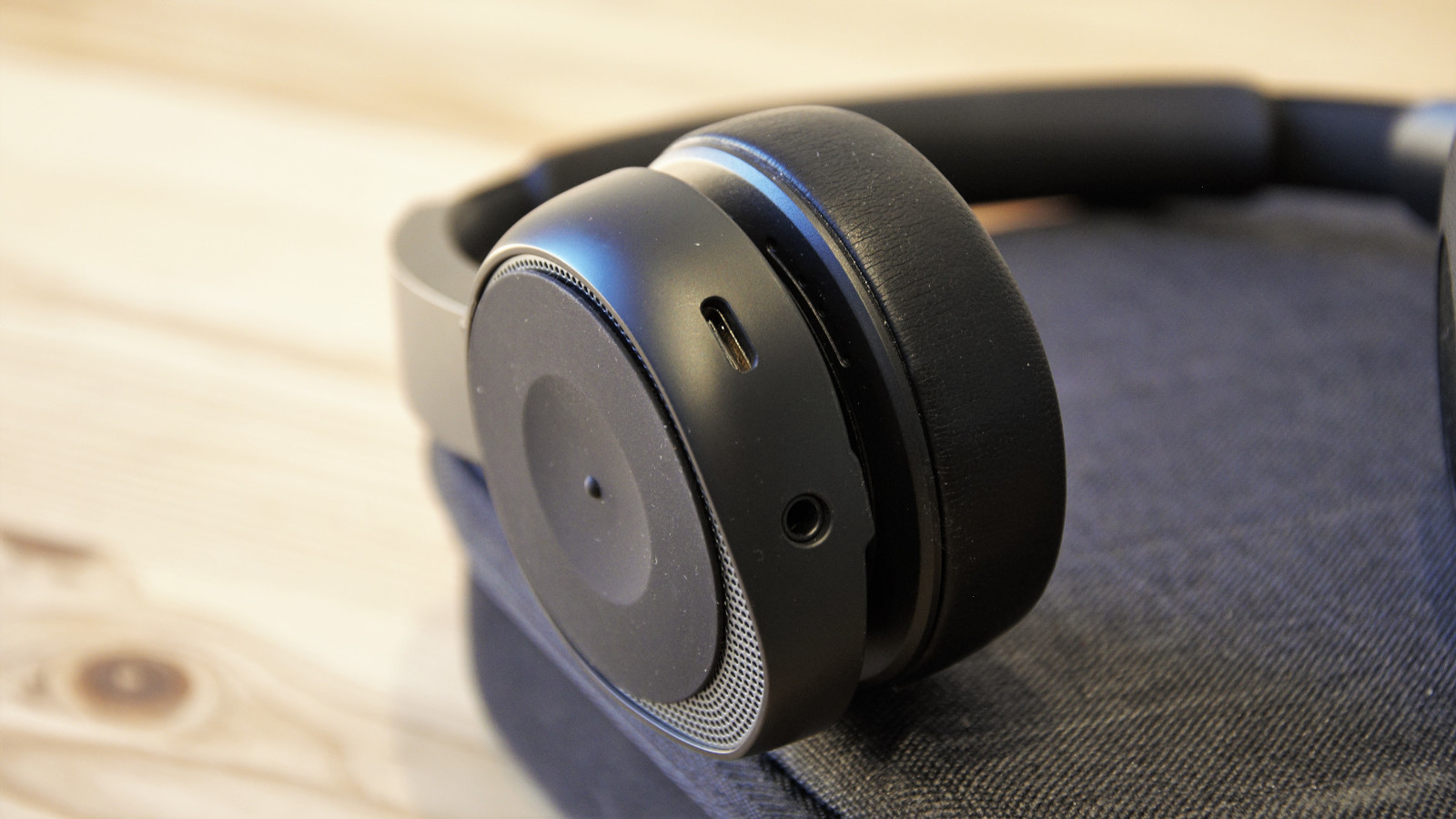
But these aren’t the only controls on the 730. It is literally covered in them.
The outer face of the right driver can track switch, control volume and even summon Siri (or Alexa, or Google Assistant) to do your bidding. On the left is a dedicated mute button on the front and answering a call on the side.
There are so many controls that its one of the things that require some adjustment from the new user, but we didn’t find this to be a difficult transition.
We should also say that all the controls only work entirely with a Bluetooth connection, fewer with USB and hardly any with the 3.5mm audio jack.
These cans aren’t a voluminous cushions beloved by some gamers or the ultra-slim headsets worn by joggers, but somewhere in between.
They seem a little on the small size for noise-cancelling functionality, but this didn’t interfere appreciably with their ability to suppress external sounds or provide a comfortable long-wear experience.
At the top of the headband is a cushion made of some odd gelatinous core encased in soft rubberised skin. When we first put these on this cushioning felt weird for a few seconds, then once it had conformed to our Klingon cranium ridges, we entirely forgot about it.
What makes these extra comfortable, in our opinion, is that there isn’t an extending microphone on either side, just some very subtle thickening of the shape in the four o’clock position on both cans. The dual microphones are mounted here, and so can’t be easily brushed or struck by jewellery or collide with your face.
One feature of this design we especially liked was that it has a red LED under the surface of the cans that glows when the wearer is on a call, useful information for those who don’t want to interrupt them at the wrong time.
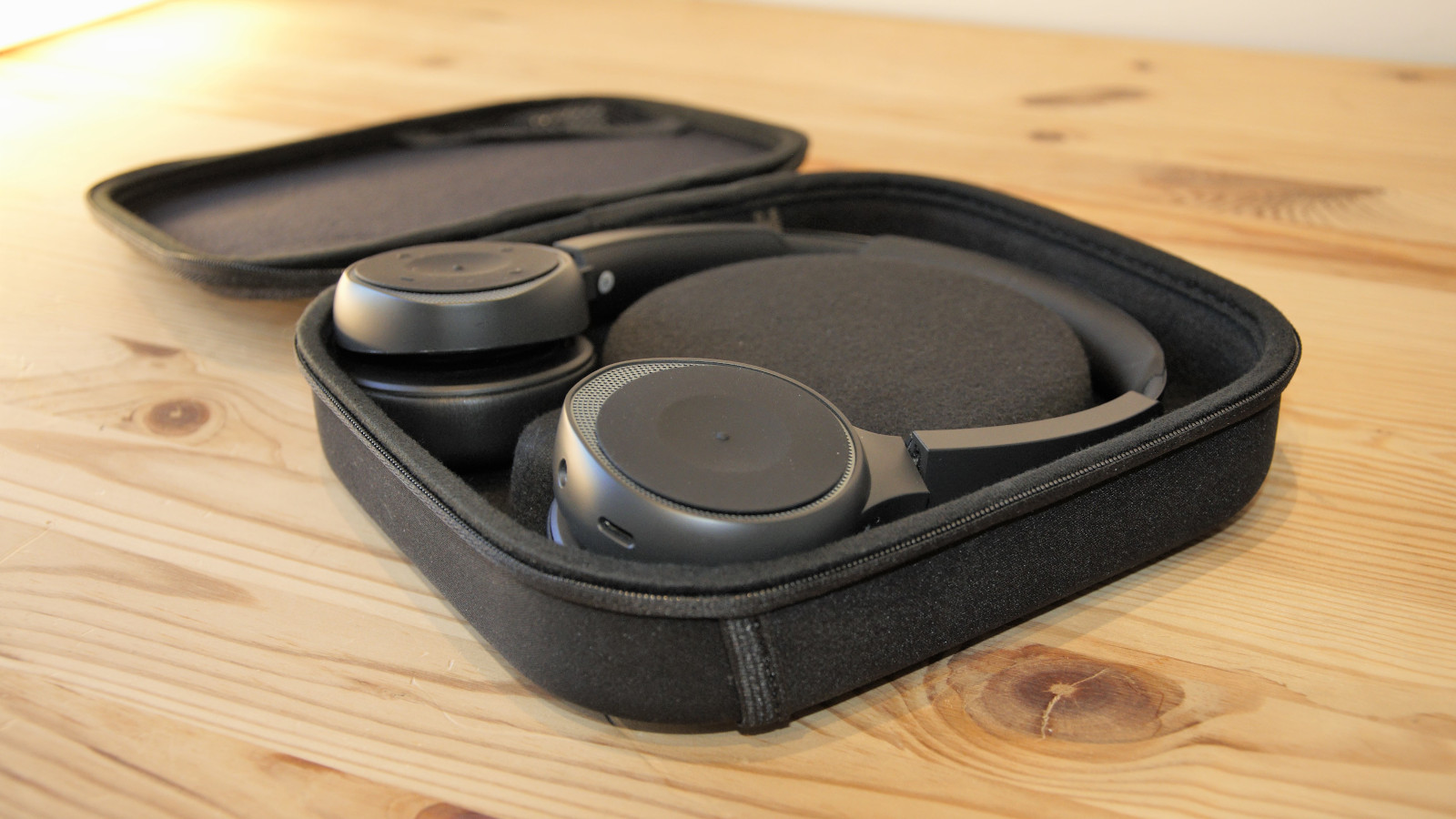
Battery life and connectivity
Considering how relatively small and lightweight the 730s are, the battery life of them is remarkably good.
Cisco quotes a 22-hour talk time, and we managed at least twenty hours of general use before a recharge was necessary. It isn’t as impressive as the 30 hours of the Sennheiser HD 450BTs managed, but better than the Sennheiser Momentum 3, and as good as Sony WH-1000XM3 can offer.
It's sufficient longevity that if they are mistakenly not charged at the end of the day, it shouldn’t be an issue for the next one.
Another strength is the connectivity and the technology behind it.
The primary connection technology of these is Bluetooth, version 5.0, to be precise. This wireless connection, combined with the USB port provides plenty of scope for handling complex situations, like three-way conversations.
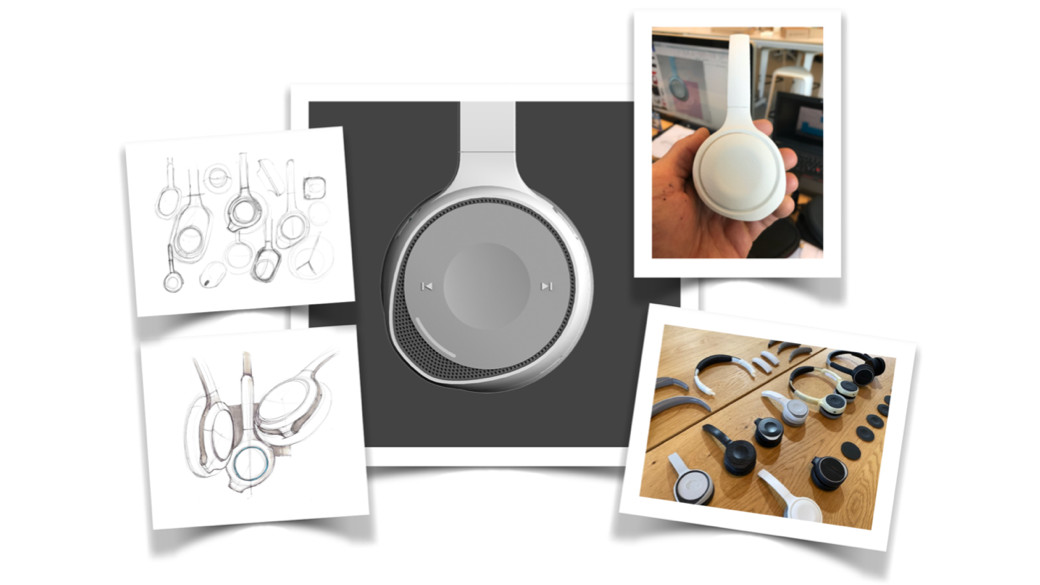
Version 5.0 also has a greater operating range than was possible previously, with a quoted distance of 213 feet (65 meters) achievable before audio quality is impaired.
Depending on how far these are from the host system and what radio interference they use either Narrowband (8Hz), Wideband (16Hz) or Full band (48KHz) for maximum quality.
The supported codecs include SBC, AAC, Qualcomm aptXTM and aptX HD audio. The inclusion of aptX options is ideal for those where latency is an issue, like gamers and those using simulations.
A mobile phone application on both iOS (Apple) and Android enables more exactly audio controls to be applied, and it is also how Cisco can upgrade the internal firmware of the 730.
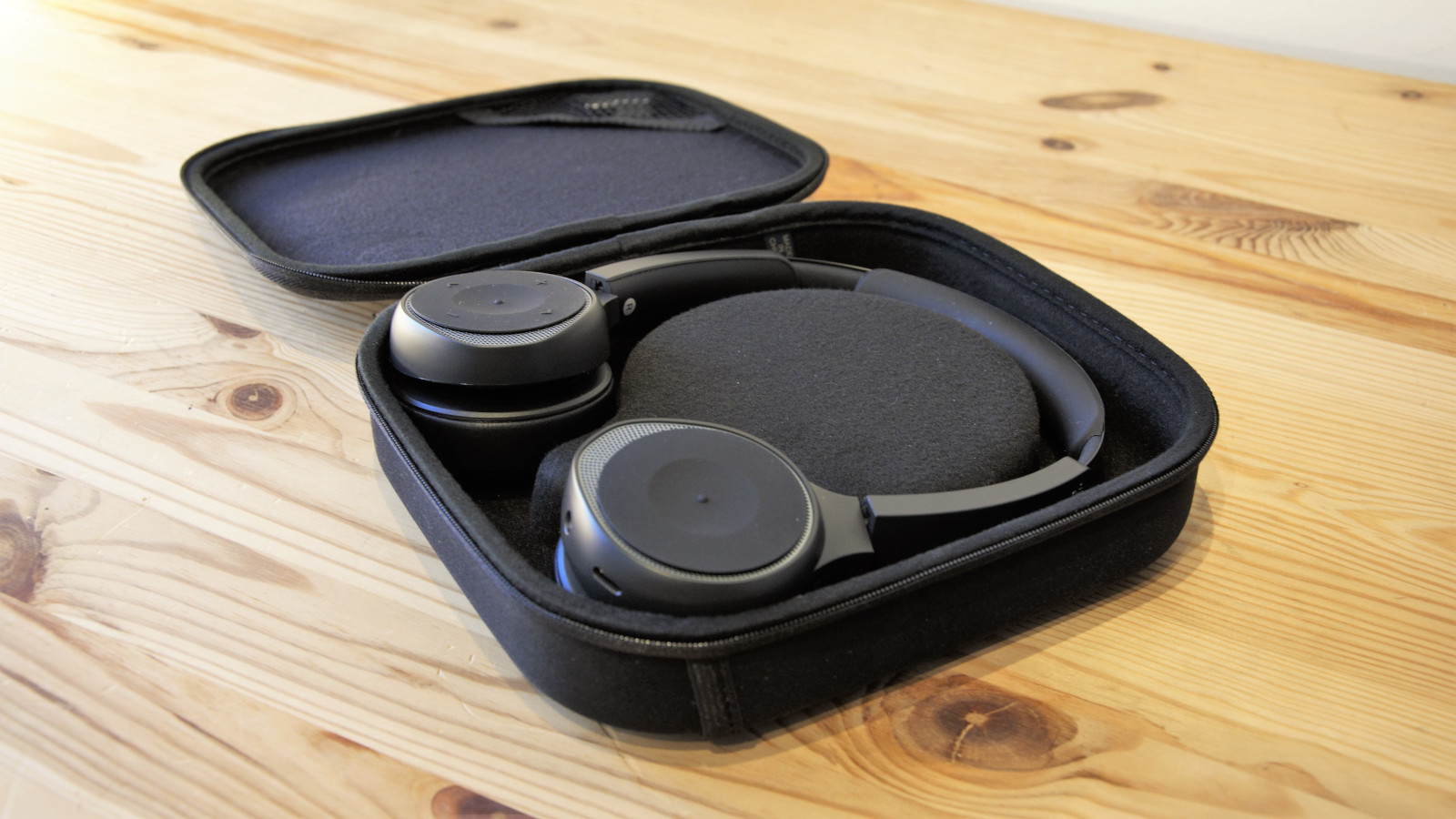
Sound quality
Not everyone has the same hearing, so take these comments as being somewhat subjective.
With 40mm drivers, there are limits to the scope of any soundstage that the 730 can generate, but it manages to hide those very effectively.
While we’re sure that audiophiles could easily pick holes in the available sound quality, for the average user they sound superb.
They’re especially strong in the mid-tones and bass frequencies, although they don’t generate the level of treble that the most expensive wired headphones are capable. And that connection technology is the detail the key here. Because this is one of the very few headphones, we’ve used that connected using Bluetooth that didn’t blatantly reveal that technology in how the sound is compressed and decompressed.
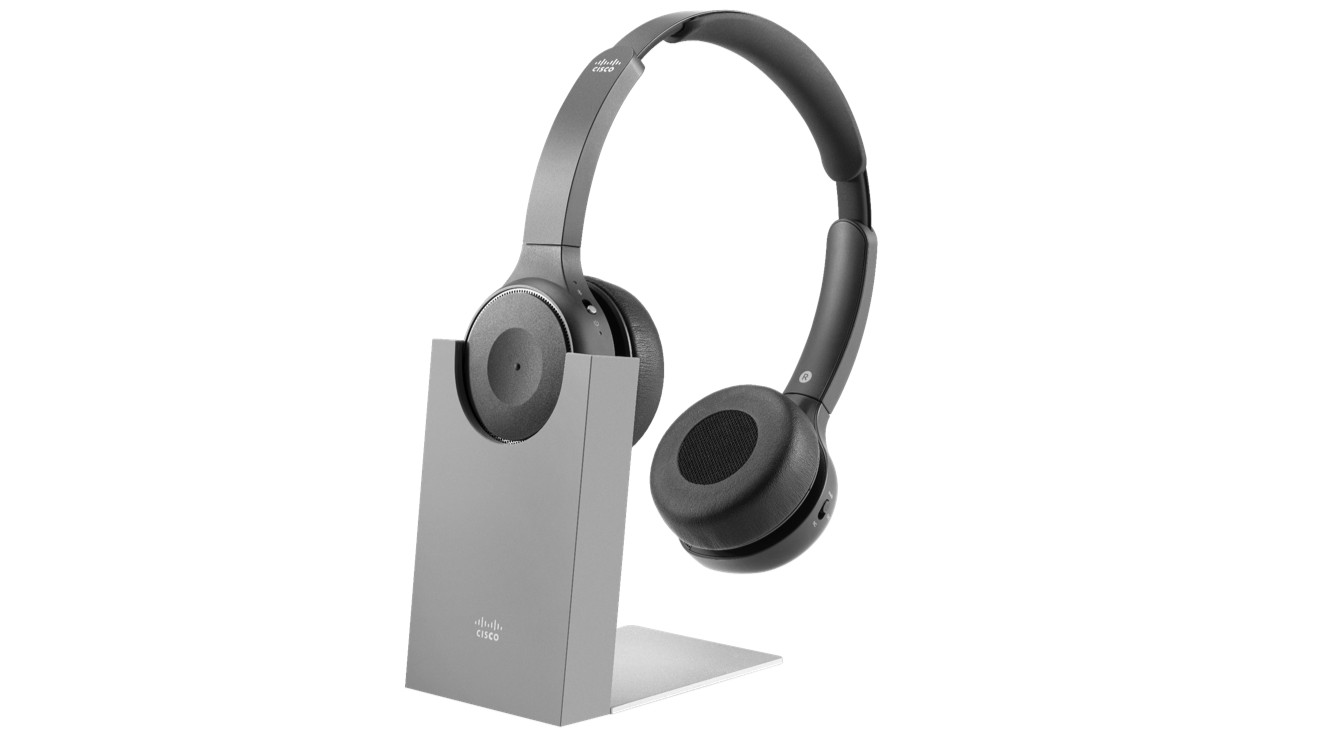
These aren’t very expensive cans that adorn recording studios or the homes of people who own a bust of Mozart, but they’re infinitely better than anything made for the gaming market that costs $250 or less.
For those using them for Zoom or through a virtual PBX solution, they offer a precise and distinct sound profile that makes understanding even a low bandwidth call easier.
The noise suppression doesn’t eliminate all extraneous sounds, but it clips high and low frequencies in a way that they don’t impinge on the user, and allow clarity even under challenging conditions.
And, if you do take the headphones off to talk to someone, rather than flipping the NC switch to the off position, the 730s realise you’ve removed them and mute the audio source until you put them back on. Brilliant!
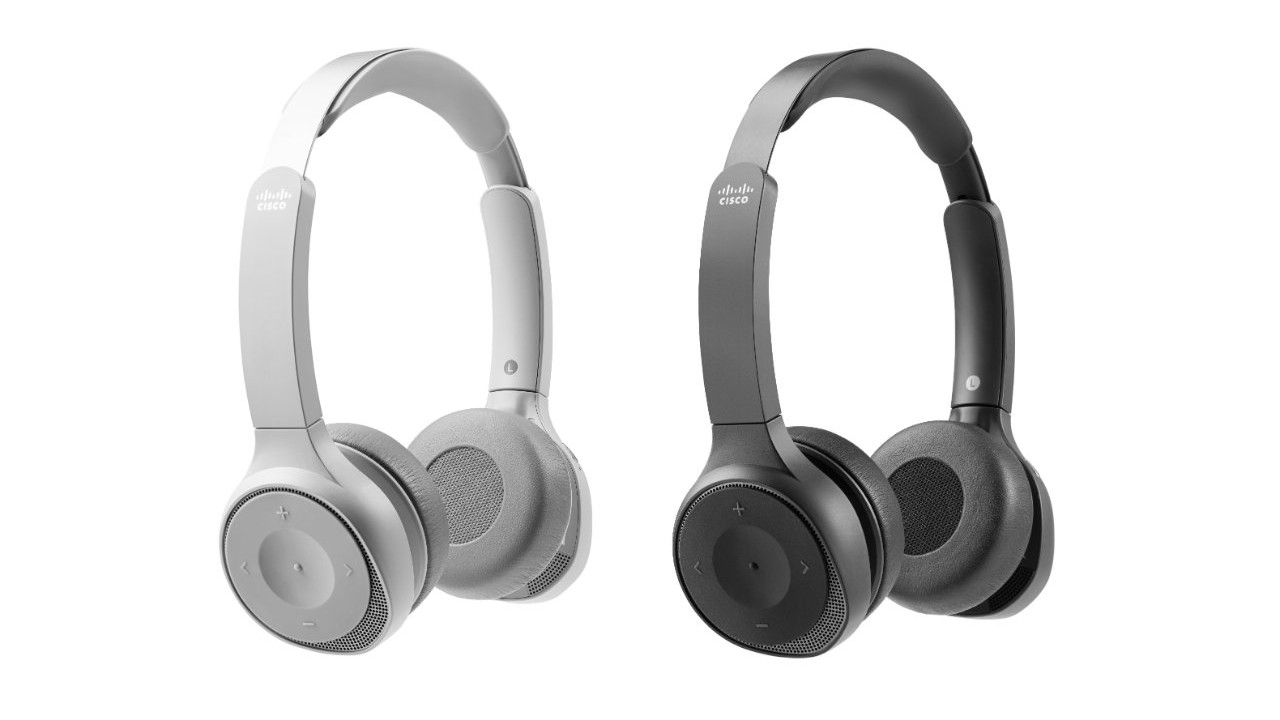
Final verdict
Even at this price, it is hard not to like the Cisco 730 because technically everything about them is right.
The sound quality, noise cancellation, connection options and battery life are all exceptional.
We can’t access how long they’d last in a working environment when repeatedly charged, but the biggest threat to them is probably light fingers more than wear and tear.
A Cisco warranty that lasts only a year is somewhat telling, but considering how some people treat their equipment, understandable.
The only other significant caveat to them is the cost, but the phrase ‘you get what you pay for’ has never been more accurate.
We only wish that these were a little less expensive. With more aggressive pricing, many home users would appreciate what they offer and not just corporate customers.
Mark is an expert on 3D printers, drones and phones. He also covers storage, including SSDs, NAS drives and portable hard drives. He started writing in 1986 and has contributed to MicroMart, PC Format, 3D World, among others.

